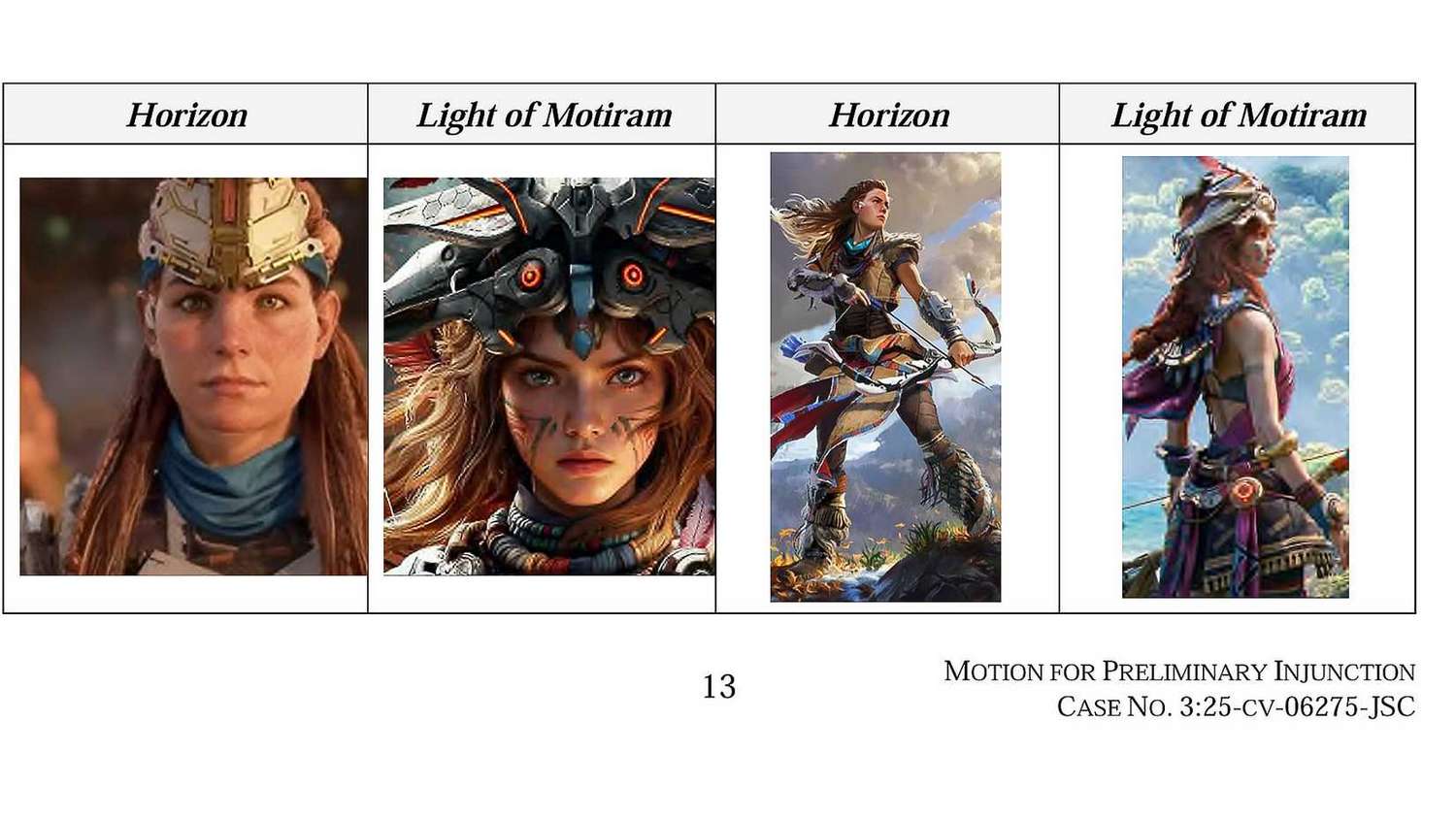
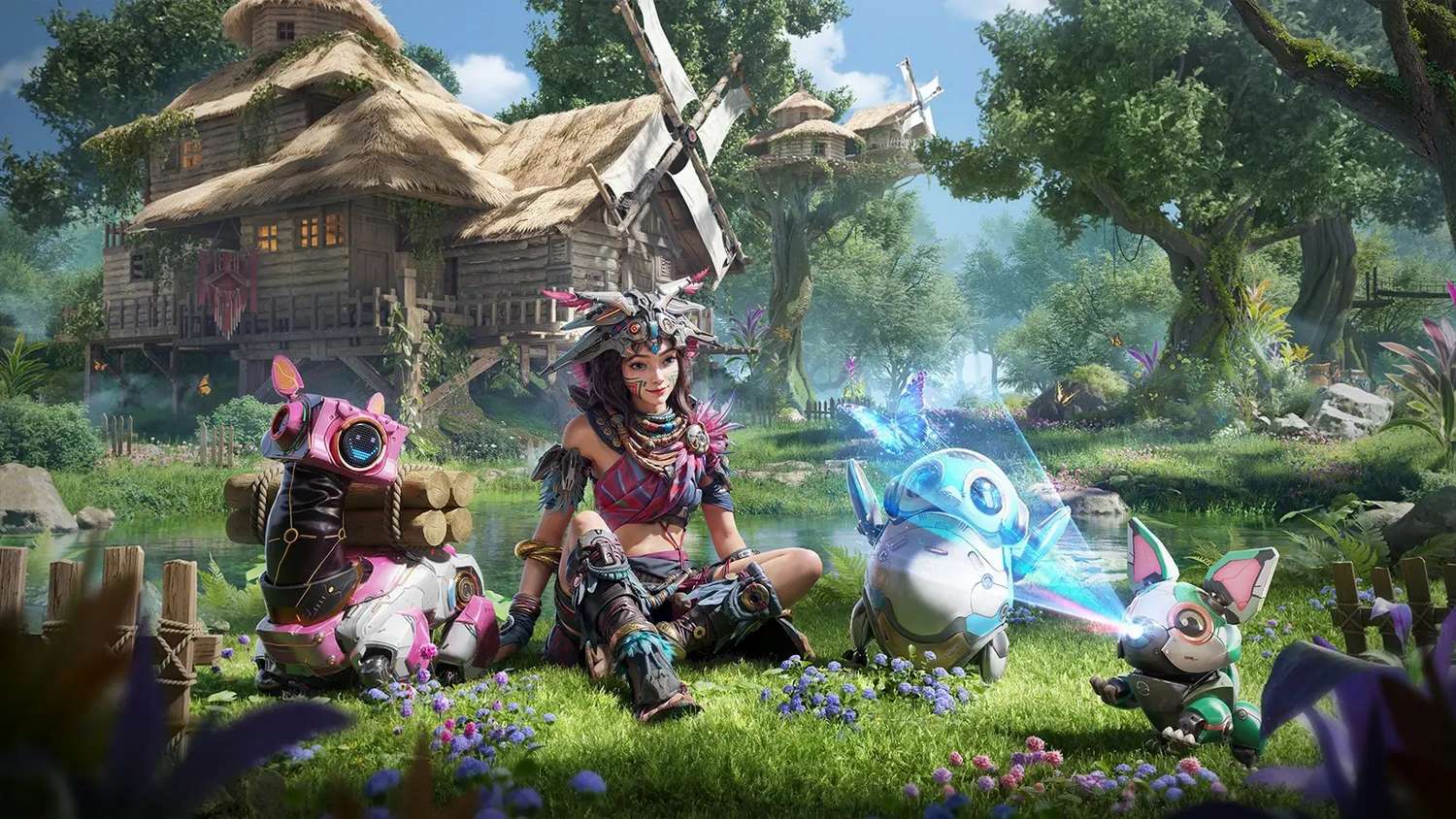 The high-stakes legal drama between gaming giants Sony Interactive Entertainment (SIE) and Tencent Holdings has reached a critical juncture. SIE has formally filed a motion for a preliminary injunction against Tencent, seeking to halt the promotion and further development of the upcoming open-world survival game, Light of Motiram, which Sony claims is a “slavish clone” of its lucrative Horizon Zero Dawn and Horizon Forbidden West franchise. This move signals an aggressive escalation in the defense of Sony’s high-value IP and sends a clear message across the AAA gaming landscape regarding copyright infringement.
The high-stakes legal drama between gaming giants Sony Interactive Entertainment (SIE) and Tencent Holdings has reached a critical juncture. SIE has formally filed a motion for a preliminary injunction against Tencent, seeking to halt the promotion and further development of the upcoming open-world survival game, Light of Motiram, which Sony claims is a “slavish clone” of its lucrative Horizon Zero Dawn and Horizon Forbidden West franchise. This move signals an aggressive escalation in the defense of Sony’s high-value IP and sends a clear message across the AAA gaming landscape regarding copyright infringement.
The Core of Sony’s Claim: Pervasive Copying and Irreparable Harm
Sony’s original lawsuit, filed in a California federal court, outlines a wide array of alleged similarities between the two titles, arguing that Light of Motiram replicates numerous distinctive features of the Horizon series. The latest court filings double down on these claims, focusing on how Tencent’s game—developed by subsidiary Polaris Quest—copies the “look, sound, characters, and narrative” of the Horizon universe. The most contentious point remains the striking resemblance of Light of Motiram’s protagonist to Horizon’s iconic lead, Aloy, a “fierce tribal warrior huntress characterized by fiery red hair.”
Sony’s motion seeks an immediate court order to bar Tencent from using key elements, including:
- The Aloy Character Mark: Preventing the use of the red-haired, tribal huntress protagonist or any confusingly similar character.
- Visuals and Storyline Elements: Enjoining the use of the post-apocalyptic world blending tribal aesthetics with advanced, animalistic machines, a core element of the Horizon Zero Dawn narrative.
- Musical Compositions: Specifically targeting a melody in Light of Motiram’s promotional material alleged to be too similar to compositions from the Horizon soundtrack.
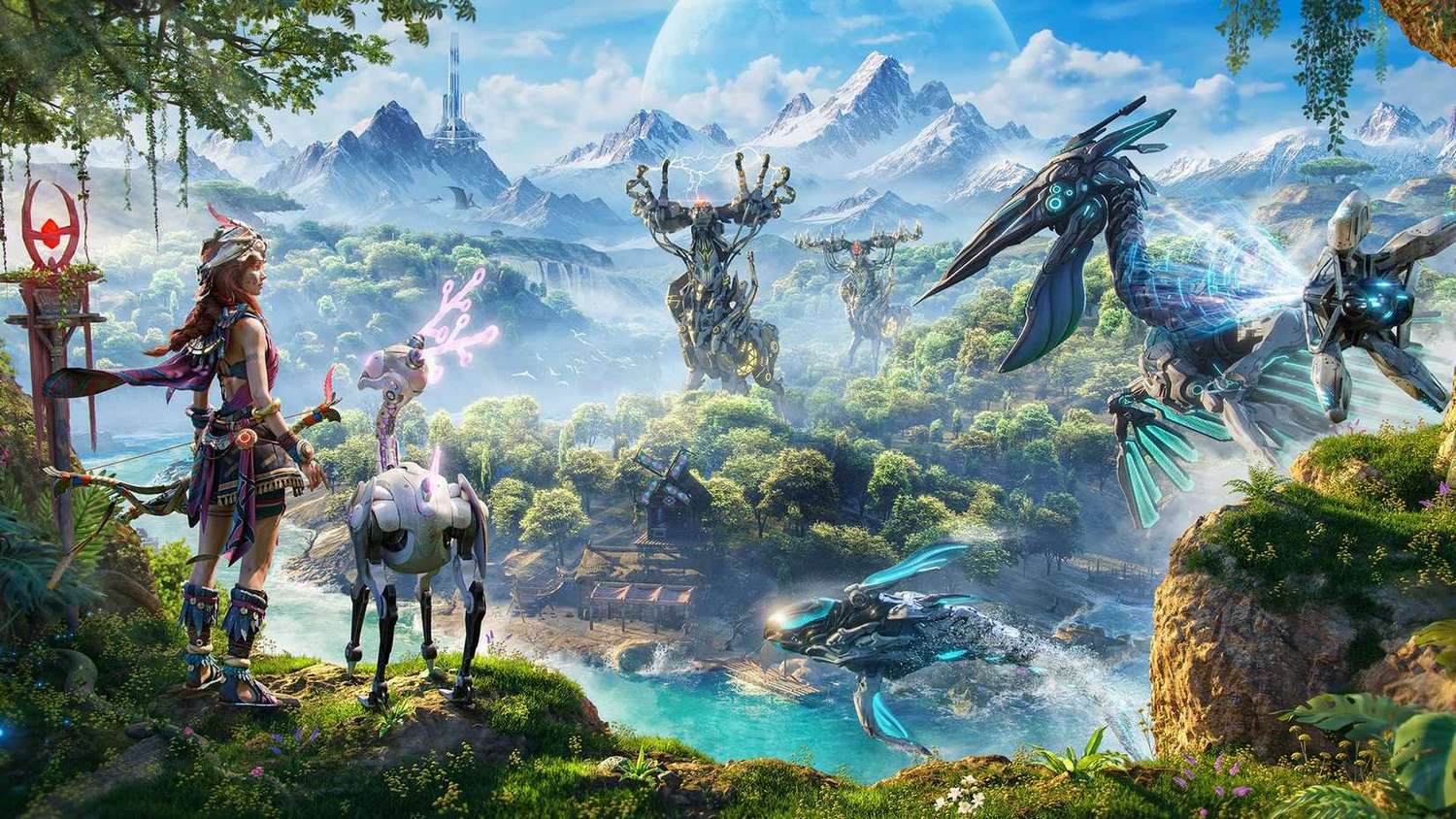 In its filing, Sony stressed that “the damage is done, and it continues,” pointing to extensive media coverage and public commentary where fans and journalists alike have identified Light of Motiram as an “obvious knock off” and a “major Horizon rip off.” The company argues that this widespread perception causes consumer confusion and poses “irreparable harm” to the Horizon franchise, including its current expansion plans, such as the recently confirmed Horizon Zero Dawn film adaptation.
In its filing, Sony stressed that “the damage is done, and it continues,” pointing to extensive media coverage and public commentary where fans and journalists alike have identified Light of Motiram as an “obvious knock off” and a “major Horizon rip off.” The company argues that this widespread perception causes consumer confusion and poses “irreparable harm” to the Horizon franchise, including its current expansion plans, such as the recently confirmed Horizon Zero Dawn film adaptation.
Tencent’s Defense: A Battle Over Genre Conventions
Tencent has vigorously opposed Sony’s claims, previously filing a motion to dismiss the lawsuit. The Chinese tech conglomerate argues that Sony is attempting to secure an “impermissible monopoly on genre conventions” and that Light of Motiram merely utilizes “well-trodden tropes” common in the open-world and post-apocalyptic adventure genres, citing other titles like Enslaved: Odyssey to the West and Far Cry as examples of similar thematic elements.
Furthermore, Tencent has previously revised the Steam page for Light of Motiram, quietly removing several screenshots and artwork that most explicitly featured the Aloy-like protagonist and the robot creatures. Sony, however, dismissed this as a “shell game,” arguing that the initial promotion has already established the game’s infringing nature in the eyes of the public. Tencent has also argued that with a tentative release date in late 2027, the game is too far from launch for Sony to demonstrate the “immediate threatened injury” required for a preliminary injunction.
 The Legal Stakes: A Precedent for the Future of Game Development
The Legal Stakes: A Precedent for the Future of Game Development
This high-profile case carries significant weight for the global video game industry and future intellectual property law. The court’s decision on the preliminary injunction will be closely watched. If granted, it would force Tencent to immediately cease promotion and substantially redesign the game, potentially impacting its competitive position in the lucrative global market for cross-platform and mobile gaming. If denied, it could embolden developers to push the boundaries of inspiration versus imitation.
The hearing for the preliminary injunction is tentatively scheduled for November 20, 2025. Given the complexity and the high CPC value of the brands involved, the outcome is expected to set a major legal precedent on the extent to which a video game’s aesthetic, character design, and core thematic elements can be protected under copyright and trademark law.
The industry awaits the court’s decision, recognizing that this is more than a dispute over a single game; it is a battle for the integrity and ownership of original video game design and creative vision in an increasingly interconnected and imitative global market.

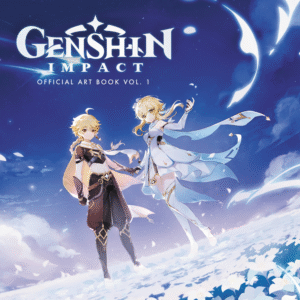



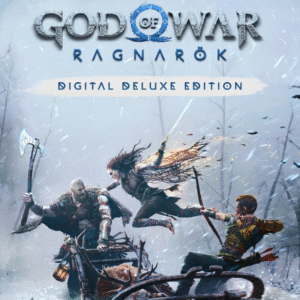





 Rust
Rust  CarX Street
CarX Street  Free Fire
Free Fire  League of Legends
League of Legends  Geometry Dash
Geometry Dash  R.E.P.O
R.E.P.O  Fall Guys
Fall Guys 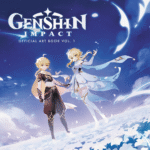 Genshin Impact
Genshin Impact 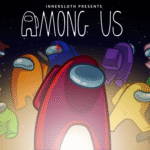 Among Us
Among Us  NBA 2K24
NBA 2K24 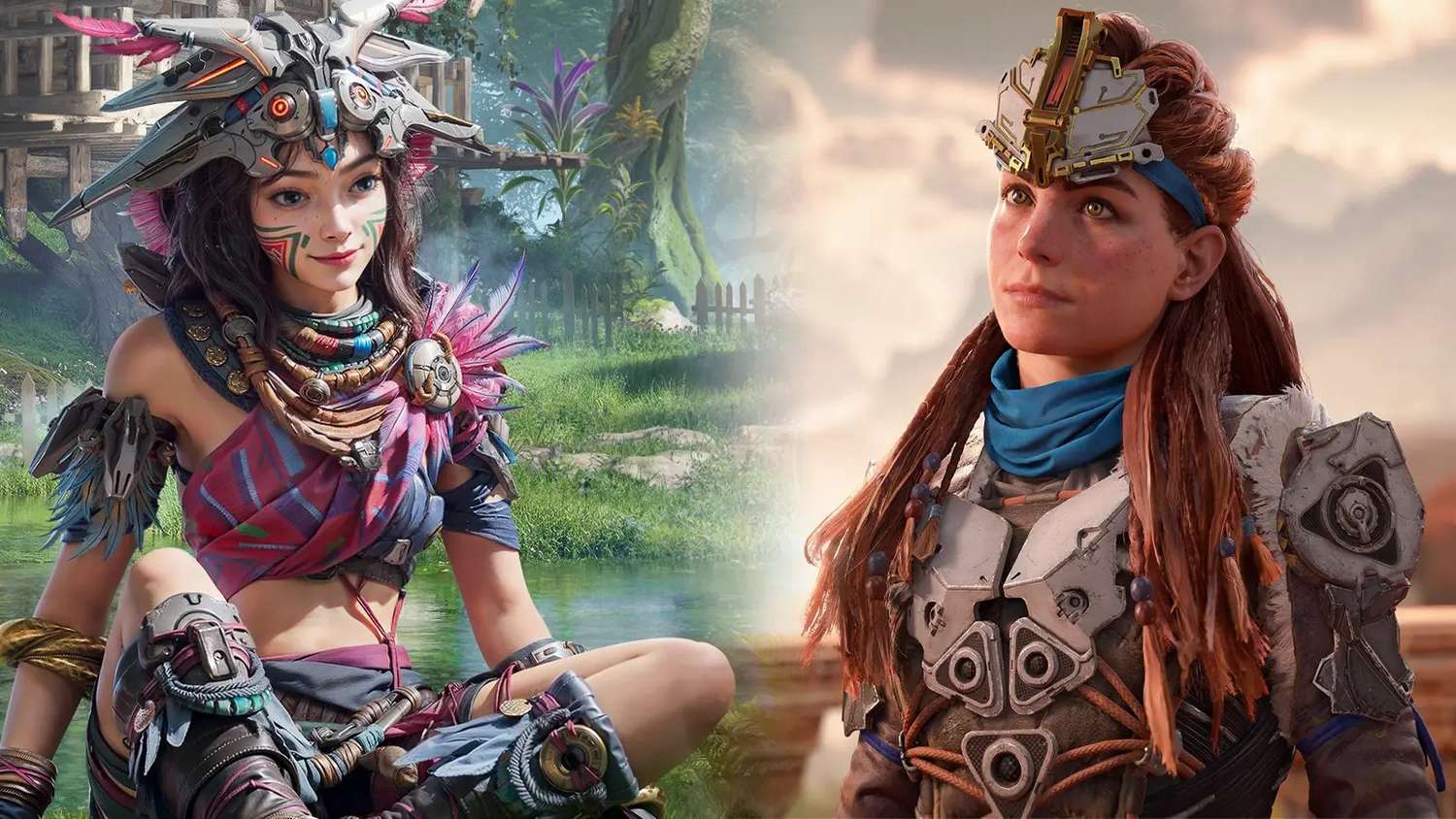 The Legal Stakes: A Precedent for the Future of Game Development
The Legal Stakes: A Precedent for the Future of Game Development